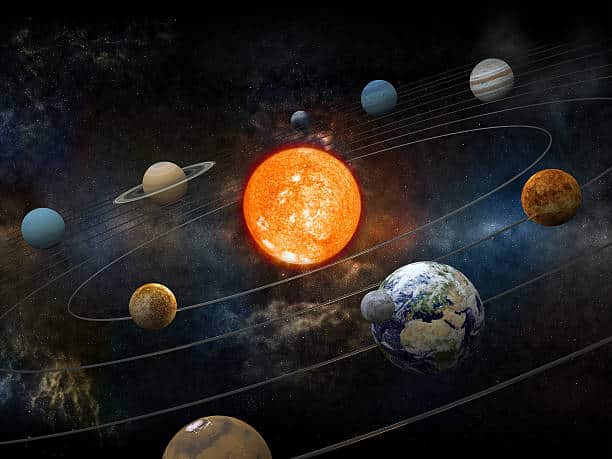So most of us can probably agree that space is pretty cool and most of what we know about space wouldn’t even be possible without NASA. Let’s take a closer look at the institution that has been making both amazing and terrifying discoveries since the late 1950’s.

You may think you work for a big corporation, but NASA has over 17,000 employees. And only a small fraction of these employees are astronauts. That’s a lot of brilliant minds coming together to learn some really cool stuff about space!
NASA does a lot more than just explore space (although this is insanely impressive), they also seek to discover new planets, and provide educational resources for a ton of different groups such as educators and students in grades K-12, as well as the scientific community.
Have you ever wondered if NASA and the International Space Station are linked somehow? Well, the answer is yes! NASA is actually part of the ISS and there is a space shuttle responsible for carrying important parts to and from each entity. In fact, the space shuttle itself is like its own science lab.
Before an astronaut can work for NASA they must complete 1,000 hours of flying time, among a pretty extensive list of other qualifications as well as preferred military and/or aviation background. And speaking of astronauts, they can only eat 3.8 pounds of food per day, which doesn’t sound awful but the packaging alone makes up 1 pound of the allotted 3 pounds.

As we mentioned earlier, NASA does a lot more than just explore space, so one of the many avenues they dabble in is weather, and they have found that there are approximately 16 million storms per year, with some 1,800 happening at any given moment.
NASA was founded on July 29, 1958, and was officially open for business on October 1, 1958, so what was happening before NASA was a thing? Before NASA there existed NACA, the National Advisory Committee for Aeronautics. This organization was started by President Woodrow Wilson and the purpose was to supervise and direct the scientific study of the problems of flight, as well as direct and conduct research and experiments concerning aeronautics.
Getting to the bottom of climate change is pretty important to NASA, as one could imagine, and so far, studies can confirm that greenhouse gases cause global warming. Studies have also confirmed warming oceans, shrinking ice sheets, glacial retreat, decreased snow cover, sea-level rise, declining arctic sea ice, and ocean acidification.